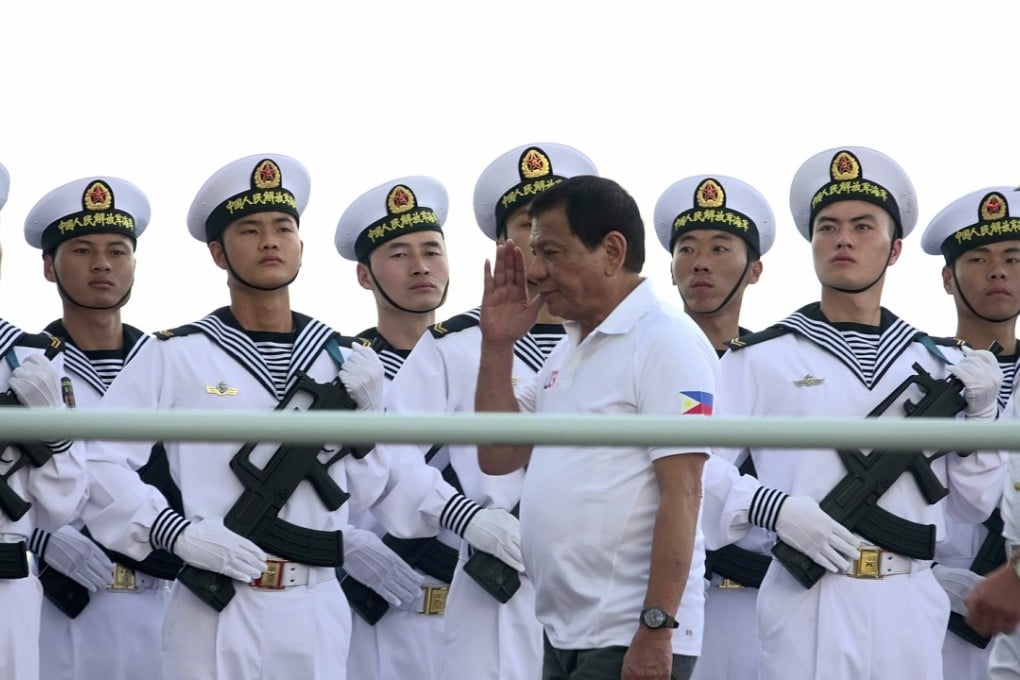How China’s new aircraft carrier can help get Beijing’s political messages across
Michal Thim says the Type 001A aircraft carrier will not be a game changer for the PLA Navy in military terms, but could excel in the role of carrying Beijing’s foreign policy

Aircraft carriers are not just unique power projection platforms, they are also handy foreign policy tools. The deployment of two US carrier strike groups towards the Taiwan Strait during the 1996 missile crisis is a case in point.
How a snub of the one-China policy almost led Beijing and US into war in the 1990s
Ironically, China has invested considerable resources in turning its adjacent waters into a hostile territory for US aircraft carriers by acquiring a large number of submarines, anti-ship cruise and ballistic missiles, and other components of what is called an anti-access/area-denial (A2AD) or counter-intervention strategy. And China’s neighbours took note. Taiwan, in particular, developed its own counter-intervention capabilities. Therefore, Chinese aircraft carriers are not particularly useful against Taiwan unless they are deployed outside the range of their A2AD capabilities.
Aircraft carriers give China’s navy the ability to project power farther from its shores

In battle to control sea and air, how do China’s aircraft carriers stack up against other nations?
The question then is whether that would be acceptable to Beijing, or whether Chinese military planners aim to match what the US could conceivably deploy in the western Pacific. That said, while Beijing may set its sights on getting closer to the quality of the US model while having little need to build as many carriers as America does, the reality will in all likelihood be more modest.
The Liaoning could carry 24 J-15 fighter jets and the Type 001A just over 30 ... US aircraft carriers usually carry 70 planes